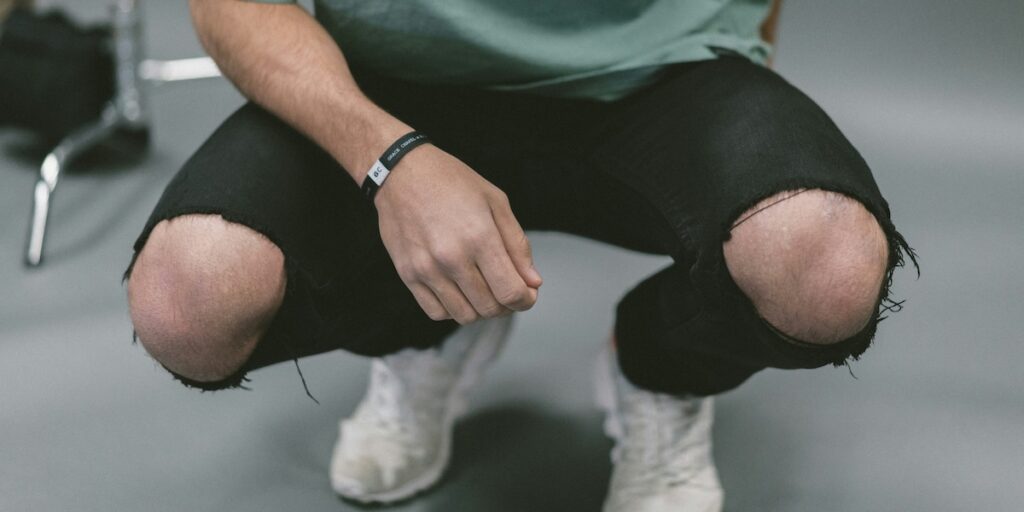If your kneecap has dislocated, it’s understandable to feel alarmed and uncertain about what to do next. A dislocated patella, or kneecap, occurs when the patella slips out of its normal groove at the front of the knee, usually causing sudden pain, swelling, and difficulty moving the knee. Here’s what you should know and the steps you should take if you have a kneecap dislocation.
Immediate Steps After a Kneecap Dislocation
First, if your kneecap hasn’t returned to its normal position on its own, you should seek immediate medical attention. A healthcare provider (an orthopaedic surgeon, emergency room doctor, or, in some cases, a trained EMT or paramedic) will gently guide the patella back into place. This is a process called reduction or patellar reduction.
In most cases, this can happen spontaneously as you straighten your knee, where the kneecap “pops” back into place on its own. After the kneecap is back in position, your knee will likely be swollen and painful. Rest, ice, and elevation can help reduce swelling in the first few days. Your doctor may also recommend a knee brace or splint and crutches to keep weight off the joint while it heals from the kneecap dislocation.
Diagnosis and Imaging
After a kneecap dislocation, it’s important to have your knee evaluated by an orthopedic specialist. I always recommend an MRI to assess the extent of damage to the cartilage, ligaments, and bone. Even after a single kneecap dislocation, cartilage damage can occur, and the risk of future dislocations increases, especially in younger patients or those with certain anatomical risk factors. Learn more about patellar instability, including risk factors and treatment options.
Treatment Options
Non-Surgical Care
For many first-time kneecap dislocations, especially if there is no significant cartilage or bone injury, non-surgical treatment is appropriate. This typically involves a very short period of immobilization in a brace or splint, followed by physical therapy to restore range of motion and strengthen the muscles around the knee. Early physical therapy is important for you to regain normal movement and be able to support the kneecap, helping to prevent future instability (and kneecap dislocations).
Surgical Care
Surgery may be necessary if you have a high risk of recurrence, multiple kneecap dislocations, or if imaging reveals loose fragments of bone or cartilage that could cause locking or further damage. Procedures may include reconstructing the medial patellofemoral ligament (MPFL), repairing or replacing the cartilage, or realigning the bones to better support the kneecap. The goal of these surgeries is to stabilize the knee joint, protect the cartilage, and reduce the risk of arthritis.
Recovery and Prevention
Recovery times for kneecap dislocation vary depending on the severity of the injury and whether surgery is needed. Physical therapy is an important element of both surgical and non-surgical recovery, helping you regain strength, flexibility, and confidence in the stability of your knee. It’s important to follow your care team’s instructions closely and to avoid returning to high-risk activities until your knee is fully healed.
When to Seek Further Help
If you experience repeated dislocations, persistent pain, or a sense of instability in your knee, consult an orthopedic specialist promptly. Ongoing instability can lead to progressive cartilage damage and increase the risk of arthritis in the future.
Key articles for further reading:
- Patellar Instability
- Patient Information
- Patellar Pain and Patellar Arthritis
- Patellofemoral Instability PDF
If you’ve experienced a kneecap dislocation, timely evaluation and appropriate care are important ways to help you make a full recovery and protect your knee in the future.
Photo by Keagan Henman on Unsplash.

